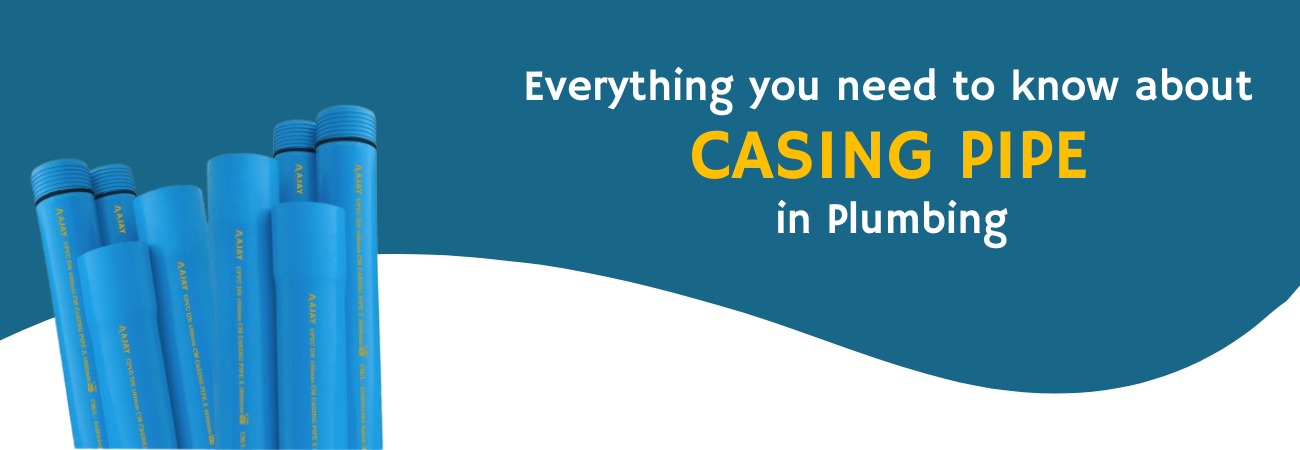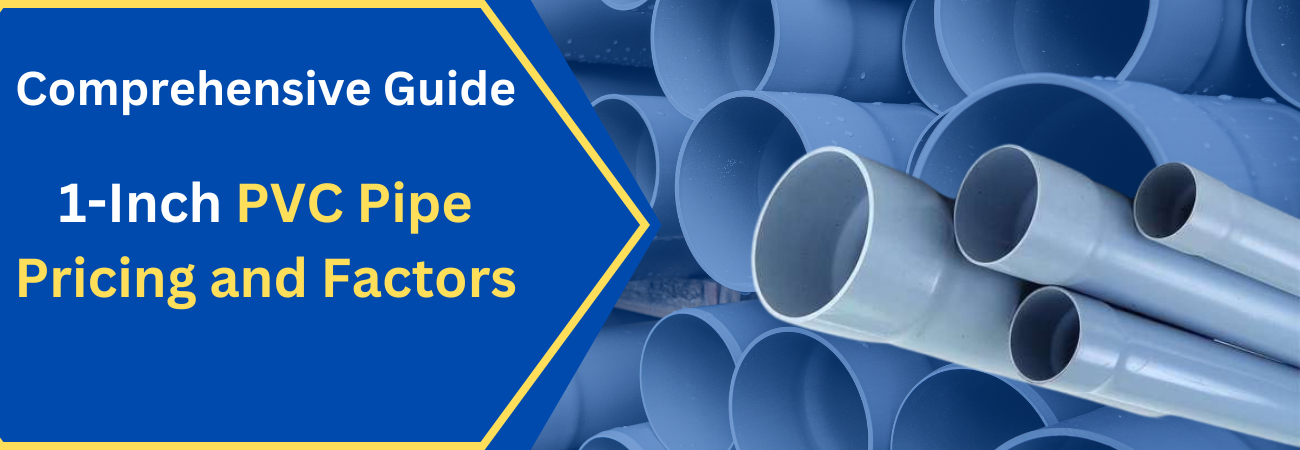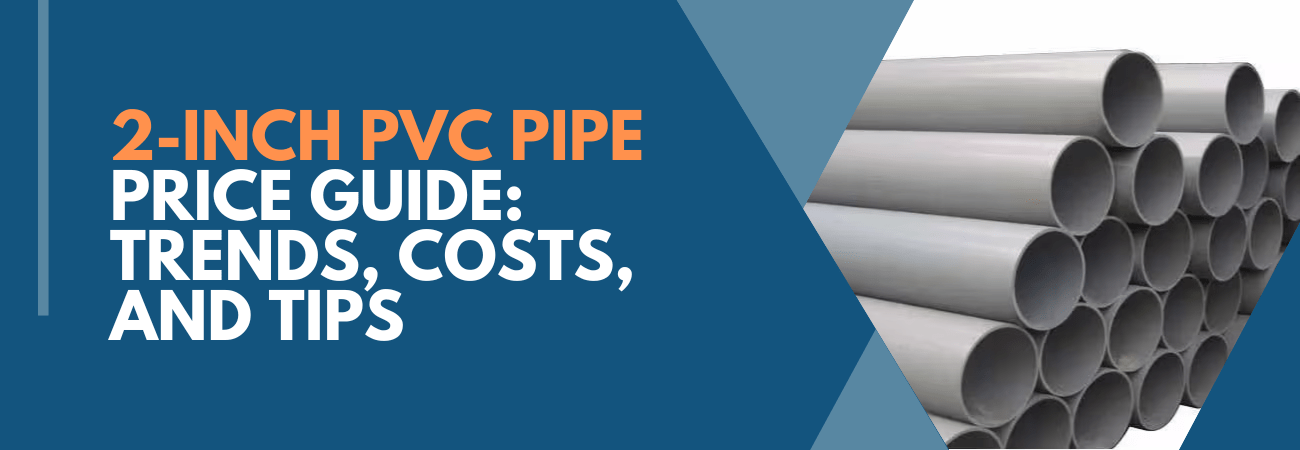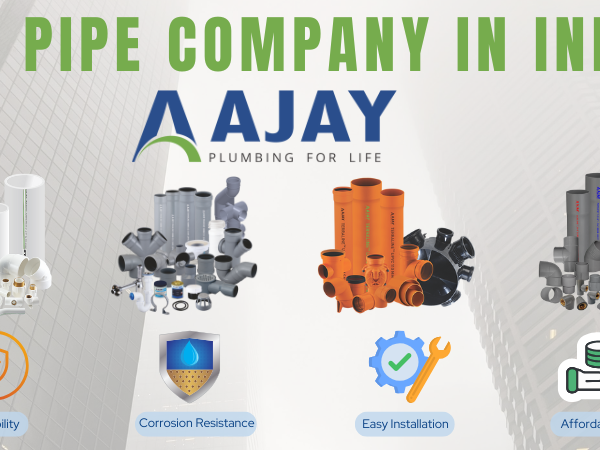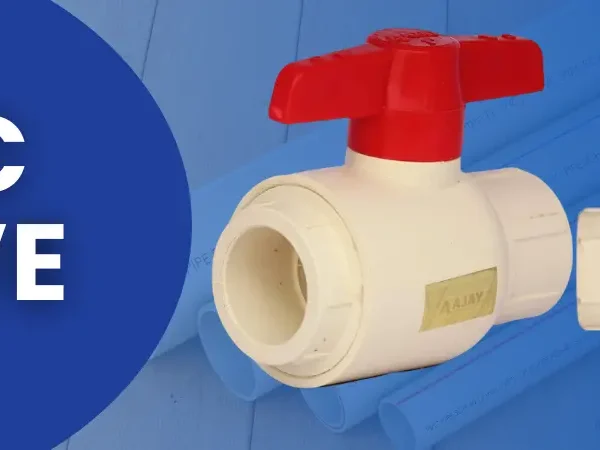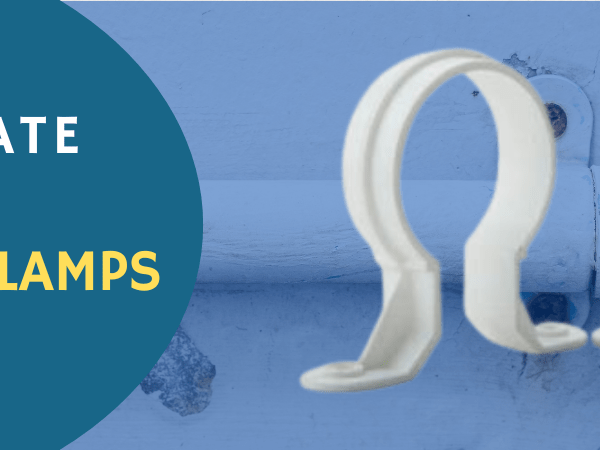Introduction
In today’s construction and plumbing projects, selecting the right PVC pipe size is crucial. This comprehensive guide focuses on 6 inch PVC pipes, providing a detailed exploration of their pricing factors, types, and considerations for making informed purchasing decisions.
Understanding 6 Inch PVC Pipes: 6 inch PVC pipes are integral components in residential, commercial, and industrial applications due to their versatility, durability, and cost-effectiveness. Designed to withstand various pressures and environmental conditions, these pipes are commonly used for plumbing, drainage, irrigation, and other fluid transfer systems. Their popularity stems from their lightweight nature, ease of installation, and resistance to corrosion and chemical damage.
Types of 6 Inch PVC Pipes: Two primary types of 6 inch PVC pipes dominate the market: schedule 40 and schedule 80.
- Schedule 40 PVC Pipes: Known for their lightweight construction and affordability, schedule 40 PVC pipes are suitable for non-pressure applications such as drainage and irrigation systems. They offer a balance between cost-effectiveness and durability, making them popular choices for residential projects.
- Schedule 80 PVC Pipes: With thicker walls and higher pressure ratings than schedule 40 pipes, schedule 80 PVC pipes are designed to handle more demanding applications. They are commonly used in industrial settings and underground plumbing where durability and strength are paramount.
Factors Influencing 6 Inch PVC Pipe Prices: Several factors influence the pricing of 6 inch PVC pipes, including:
- Material Quality: The quality of PVC material used significantly impacts pipe prices. Higher-quality materials, such as those offering enhanced UV resistance or superior chemical stability, command higher prices due to their longevity and reliability.
- Manufacturing Standards: Pipes manufactured in compliance with industry standards, such as ASTM (American Society for Testing and Materials) or ISO (International Organization for Standardization), are generally priced higher. These standards ensure consistent quality and performance, making them preferable for critical applications.
- Market Demand and Supply: Like any commodity, PVC pipe prices can fluctuate based on market conditions. Increased demand during peak construction seasons or in regions experiencing rapid infrastructure development may drive prices higher.
- Geographical Variations: Pricing varies geographically due to factors such as transportation costs, local taxes, and economic conditions. Pipes sourced locally may be more affordable compared to those transported from distant manufacturing facilities.
- Additional Features: Pipes with additional features, such as fire resistance coatings, special jointing systems, or warranties, typically incur higher costs. These features add value by enhancing performance or reducing installation time and maintenance requirements.
Cost Analysis: To provide a clearer picture of pricing, here’s a general cost breakdown:
- Schedule 40 PVC pipes: Prices typically range from $X to $Y per foot, depending on quality and supplier. Lower-cost options may sacrifice durability or specialized features.
- Schedule 80 PVC pipes: Priced higher due to thicker walls and increased pressure ratings, schedule 80 pipes generally range from $Z to $W per foot. These pipes are ideal for applications requiring robust performance and longevity.
It’s advisable to request quotes from multiple suppliers to compare pricing and ensure competitive rates. Additionally, consider long-term costs associated with maintenance, replacement, and operational efficiency when evaluating pipe options.
Tips for Purchasing 6 Inch PVC Pipes: Making an informed purchasing decision involves considering several factors:
- Quality Assurance: Choose pipes that meet recognized industry standards to ensure reliability and compliance with project specifications.
- Supplier Selection: Select reputable suppliers with a history of delivering quality products and excellent customer service. Supplier reliability and support are crucial for project success.
- Budget Considerations: Balance upfront costs with long-term benefits. Opting for high-quality pipes may reduce maintenance and replacement expenses over the pipe’s lifespan.
- Project Specificity: Tailor your selection based on project requirements, such as pressure ratings, environmental conditions, and installation methods.
For any queries, contact the plumbing experts at Ajay pipes on the Toll Free No. : 1800-11-4050 or via email at our email address info@ajaypipes.com



